Sultan Ibrahim Adil Shah Mughal Deccan Miniature Painting – Hand Painted Miniature Art
₹34,999.00 Original price was: ₹34,999.00.₹30,000.00Current price is: ₹30,000.00.
- Mughal Deccan Miniature Painting Size (8.9in X6.1in)
- 100% handpainted stone color with gold work artworks featuring the Sultan Ibrahim Adil Shah Mughal.
- Original Rajasthani Shaili artwork from the best artisans in India to bring you a beautiful, high-quality product.
- Perfect for decorating your home or office and as gifts for loved ones.
- Unframed Artwork. You have to contact us for framed artwork (prices may vary) for more read Faqs.
- Free shipping on all orders to India.
Mughal Deccan painting or Deccani painting is the form of Indian miniature painting produced in the Deccan region of Central India, in the various Muslim capitals of the Deccan sultanates that emerged from the break-up of the Bahmani Sultanate by 1520. These were Bijapur, Golkonda, Ahmadnagar, Bidar, and Berar. The main period was between the late 16th century and the mid-17th, with something of a revival in the mid-18th century, by then centered on Hyderabad.
The high quality of early miniatures suggests that there was already a local tradition, probably at least partly of murals, in which artists had trained. Compared to the early Mughal painting evolving at the same time to the north, Deccan painting exceeds in “the brilliance of their color, the sophistication and artistry of their composition, and a general air of decadent luxury”. Deccani painting was less interested in realism than the Mughals, instead of pursuing “a more inward journey, with mystic and fantastic overtones”.
Other differences include painting faces, not very expertly modeled, in three-quarter view, rather than mostly in profile in the Mughal style, and “tall women with small heads” wearing saris. There are many royal portraits, and although they lack the precise likenesses of their Mughal equivalents, they often convey a vivid impression of their rather bulky subjects. Buildings are depicted as “totally flat screen-like panels”. The paintings are relatively rare, and few are signed or dated, or indeed inscribed at all; very few names are known compared to the generally well-documented Mughal imperial workshops.
Free shipping on all orders to India. Buy “TSultan Ibrahim Adil Shah Mughal Deccan Miniature Painting ” Today. Happy shopping!
| Brand | |
|---|---|
| Artist | Veer Narayan Arya |
| Color | Stone Color with Real Gold |
| Surface | Handmade Paper |
| Quality | 100% Handpainted |
| Medium | Water Colors |
| Frame Type | Without Frame, With Frame |
| Customizable? | Yes! It will take some extra days. Please contact us. |
| Delivery Date | Express (7-10 Days), Normal (10-15 Days), Super Express (3-5 Days) |
| Return Policy | 7 Days if ordered as Unframed. Not applicable if ordered as Framed or in Custom Size, or if delivery is outside India. |
Be the first to review “Sultan Ibrahim Adil Shah Mughal Deccan Miniature Painting – Hand Painted Miniature Art” Cancel reply
About Artwale offering
Artwale is an online art gallery or personalized service brand that produce & sells handmade art and portraits from India and across the world.
- Premium collection of Art of all categories.
- 38+ years industry experience in Indian art and portrait.
- Ensuring excellent results in terms of colors and details.
Not now. But soon! We are online art gallery of original handmade paintings. You can simply contact us via mail [email protected].
Artwale is based in Jaipur (Raj.), India. We are an online art gallery that sells art and customized portraits from India and across the world. Click here to know more about Artwale.
You can buy handmade original Indian paintings by famous artist Veer Narayan Arya. These paintings are are available in multiple sizes, along with black and brown frame options and mounts to suit your requirements.
You can also order any customized portrait in any size.
Of course, we do, We offer tailor made solutions as per the requirements of the client. For instance, we offer consultation, customized art sizes, frames etc. to wall art, Portraits with specific requirements for a certain project Moreover, we offer special deals on bulk orders for corporate, wedding and personal gifting. Click here, for any corporate/bulk business enquiries and our team will revert. the earliest.
Buying Art on Artwale
Yes, The images on our website are high-resolution images and an accurate representation of the original handmade artwork.
Yes! All paintings and portrait on Artwale are original and handmade.
We offer multiple sizes you can simply choose from them or write to us on - [email protected] your desired size. These sizes are mentioned on the product or Size dropdown menu on each product page. The size is mentioned in the product description of each artwork's product page.
In order to buy an artwork, you have to click on the 'Buy Now' or Add to Cart buttons found on every product page. You may then visit your cart and click on "CheckOut". After this step, we will ask for your details to arrange delivery and you will be redirected to make the secure payment gateway. Once.. payment has been proceed. You will receive a confirmation. We will then process your order.
All payments Made on Artwale are completely secure. We have partnered with a reputed payment gateway. You can pay through any Indian or international credit and debit cards, PayPal, net banking, UPI & virtual pay wallets.
Yes! you can cancel or modify your order within 24 hours of placing it. You can drop a mail at [email protected] or call on +91 7229915486 for the same. Please note that in the case of artwork, if the order has gone into working mode, we will not be able to entertain any cancellation/modification requests.
We, at Artwale passionately endorse the idea of giving art as a gift to your dear ones. That is why our standard packaging is designed to be very attractive and thus, ready to be used as a gift without any gift wrapping. We offer the option to send a personalised message in the package. In case you wish to send a personalised message, share a draft with us at [email protected] and we will make sure the receiver gets it along with a beautiful piece of art. (It will takes additional cost)
We provide framed artwork as additional cost. You can choose your frame from the Frames We Provide page and let me know us via WhatsApp or email. If you want to add frame manually then order for only artwork without a frame, we don't add additional frame cost in it.
Shipping
Our framed paintings or portrait are packed in high-quality and protective.
Yes, you can change the shipping address within 2 days of placing an order. Write to us on - [email protected] feel free to contact us. +917062933350 Please ensure that you mention the new shipping address where you would like the product to be shipped.
We usually take 1-2 working days to start doing your work from the date you place the order. If you want in urgent please mail us at [email protected].
We usually take 10-20 working days for delivery from the date you place the order. Which includes time for packaging and shipping. This may vary depending on the delivery partner. We shall keep you updated with details of your order. For urgent orders write to us on - [email protected].
We Ship orders for free, pan-India.
Yes, we support international shipping, for international orders kindly write to us on - [email protected] feel free to contact us.
Portraits
Yes, At Portrait Store, we take your custom instruction and would work it out just in your way. You can instruct all the details to us with the Custom Instruction/Quotation feature Or you can whatsapp or Email us
Yes, you can do that. You can give us the picture of the person who you would like to have as a part of your picture. We will do the rest and seamlessly add them in. (It will takes additional cost)
Oh yes, you could instruct us of all that you do not want in the picture – and that includes objects and people.
Yes, we do – as long as the number of characters goes well with the size of the artwork you choose. Making an artwork of smaller size but more number of people in it would just make it clumsier so we advise you to get a bigger size for crowded pictures.
The file format of high quality JPEG or JPG, PNG, PDF file images. If that doesn’t work, drop us a line on our contact page.
The price of a service depends on the size of the artwork you choose. The bigger the size, complex work, face size and type of picture. the more effort it requires to bring out the best.
Yes, We require your images to be in a minimum size of 700KB. The higher the resolution, the better your artwork would turn out to be. A minimum dimension of 800 X 800 – 150 dpi (dots per inch) would be recommended.
We require all photos to be clear enough so that our artists can zoom in on the finer details of the face, particularly the eyes, nose and mouth.
If you are scanning a hard copy of a photo, be sure that your scanner’s settings are set at the highest quality/resolution possible.
Our payment gateway partner which is one of the world’s leading and safest payment gateways for online transactions. We assure 100% safety for your payments and card details.
Return & Cancellation
We believe in our artists to deliver a masterpiece which you would love and which will leave no space for dissatisfaction. We accept return requests in the following scenarios:
- The artwork shipped in the wrong size
- The artwork shipped in the wrong frame
- Artwork delivered in damaged condition.
7 Days if ordered as Unframed. Not applicable if ordered as Framed or in Custom Size, or if delivery is outside India.
We only replace items if they are defective or damaged. If you need to exchange it for the same item, send us an email at [email protected]
We offer multiple sizes you can simply choose from them or write to us on - [email protected] your desired size. These sizes are mentioned on the Size dropdown menu on each product page. The size is mentioned in the product description of each artwork's product page.
We only accept cancellation requests within 24 hours of placing an order. For any related query please mail us at [email protected].
- You get a refund for Damaged Frames. (if you ordered framed artwork.)
- If our courier partner loses the product you are 100% eligible for a full refund without any questions asked.
- You can return in 7 Days if ordered as Unframed. Not applicable if ordered as Framed or in Custom Size, or if delivery is outside India.
- To be eligible for a return, your item must be broken or damaged and in the same condition that you received it. It must also be in the original packaging.
- Customer must not tamper with any element of Artwork because it may fail to be eligible for returns after the quality check is done.
- No refrain should be filed against the bank through which the payment was done as it would take away your right to avail your refund.
- Money Back Garuntee doesn’t apply on soft copy orders.
- Gift Packaging do not qualify for returns.
- Return request is placed by the customer through E-Mail with the attached photo of the faulty product.
- Artwale sends a confirmation within 24 hours of return placement.
- Once your return is received and inspected, we will send you an email to notify you that we have received your returned item. We will also notify you of the approval or rejection of your refund.
- If you are approved, then your refund will be processed, and a credit will automatically be applied to your credit card or original method of payment, within a certain amount of days.
- Artwale holds the sole discretion for approving or disapproving returns.
- In the case of returns or replacements, the customer is liable to return the faulty Artwork.
- In all the cases of returns and replacements, Artwale will run a quality-check and refund or replace after the check is successful.
- We would be happy to assist you with any queries related to your returns, just drop us a mail at [email protected]
We are available 24×7, use our chat feature to get in touch with one of our solution experts.
Related products
Mughal Paintings
Mughal Turkey Cock Miniature Painting – Hand Painted Miniature Art
Mughal Paintings
Mughal Darbar Miniature Painting – Hand Painted Miniature Art
Mughal Paintings
Mughal Paintings
Portrait of Mughal Emperor Shahjahan Miniature Painting – Hand Painted Miniature Art

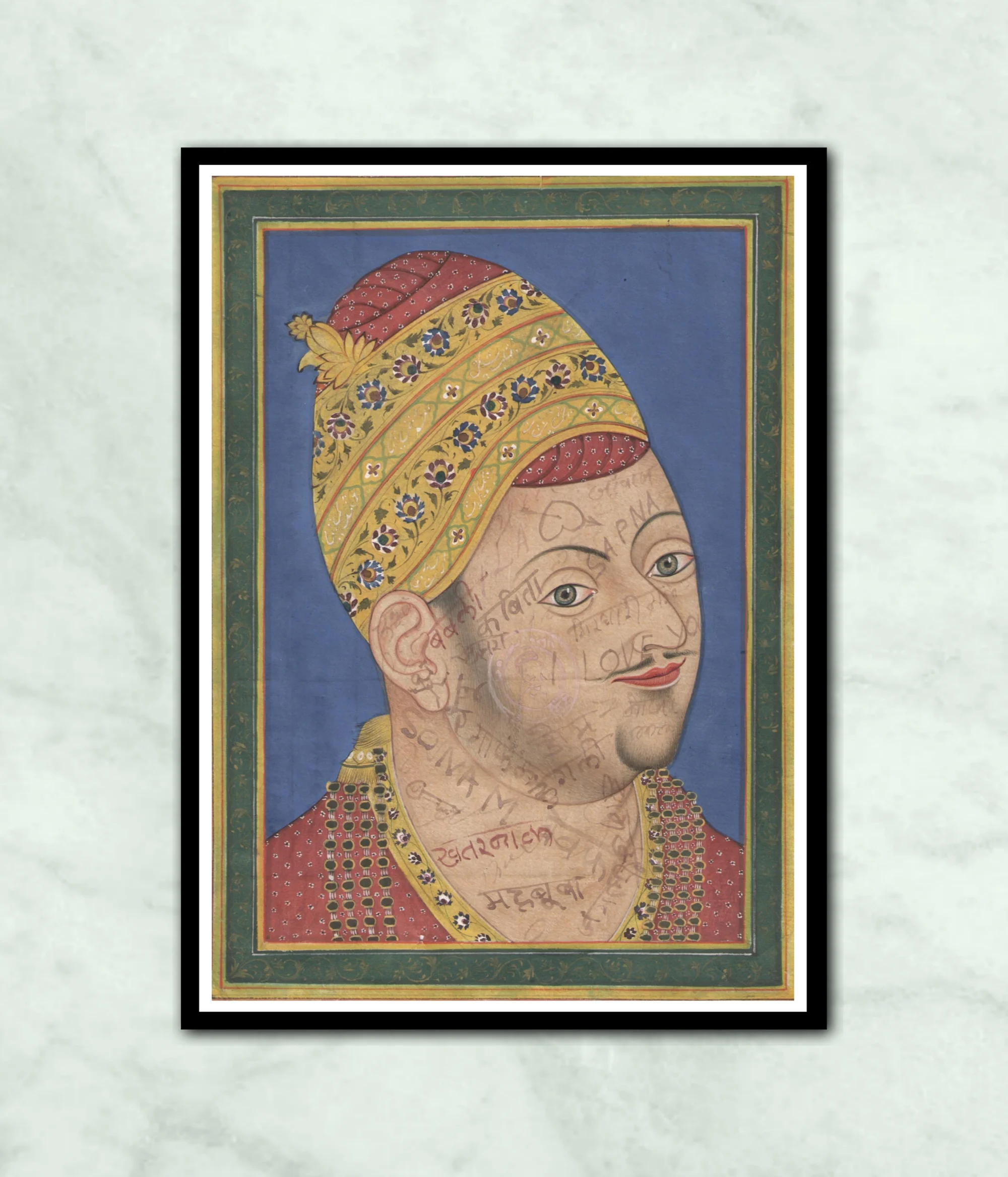


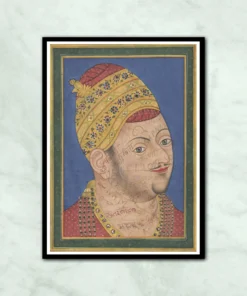



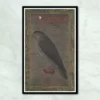
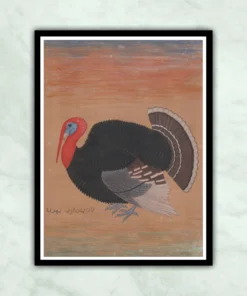

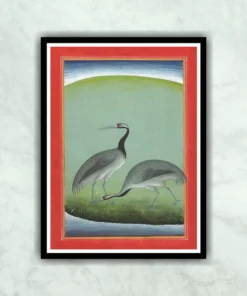

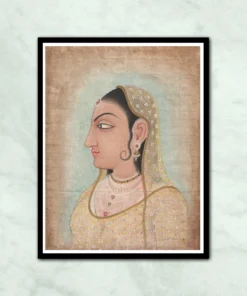

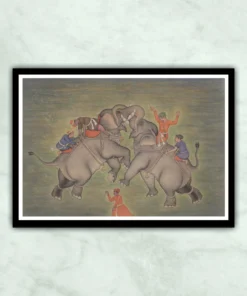





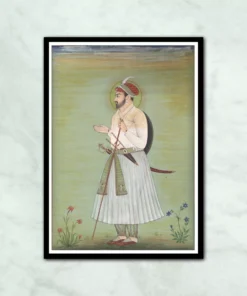




Reviews
There are no reviews yet.